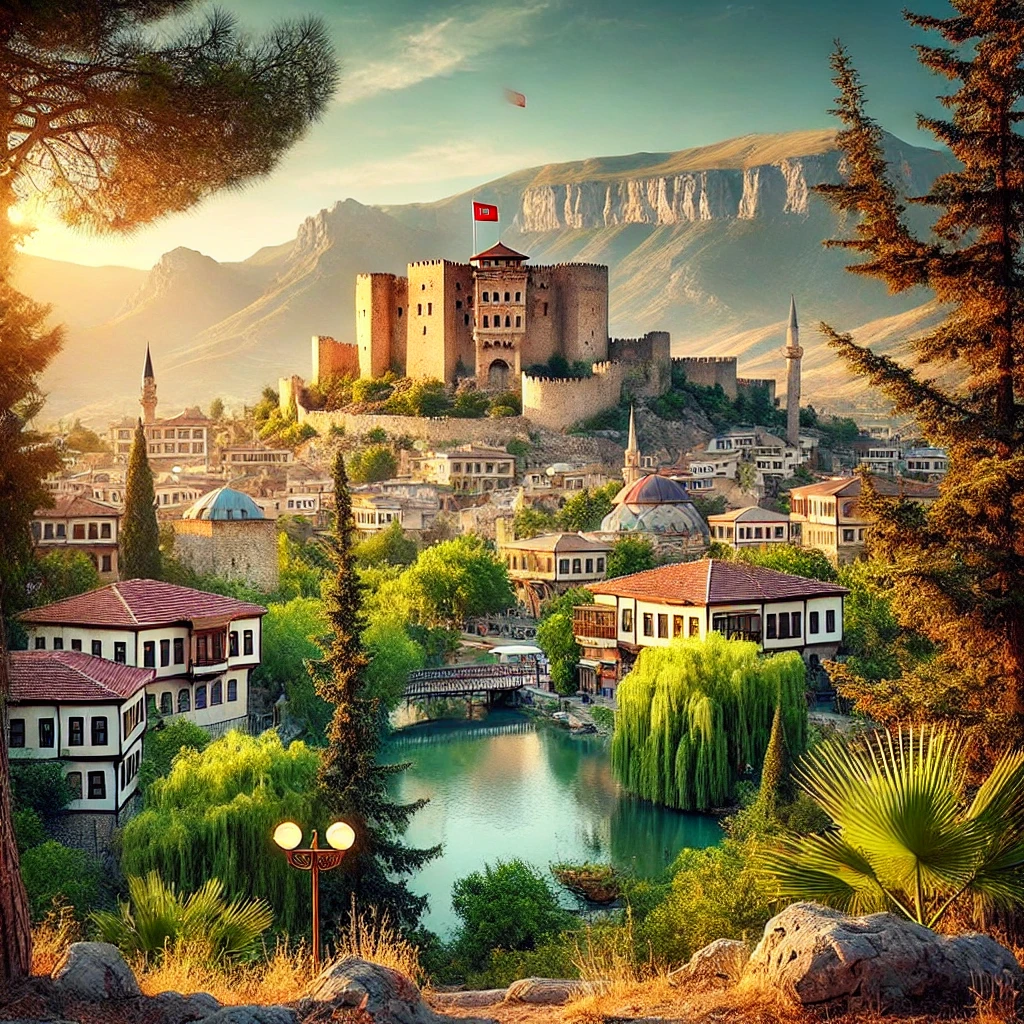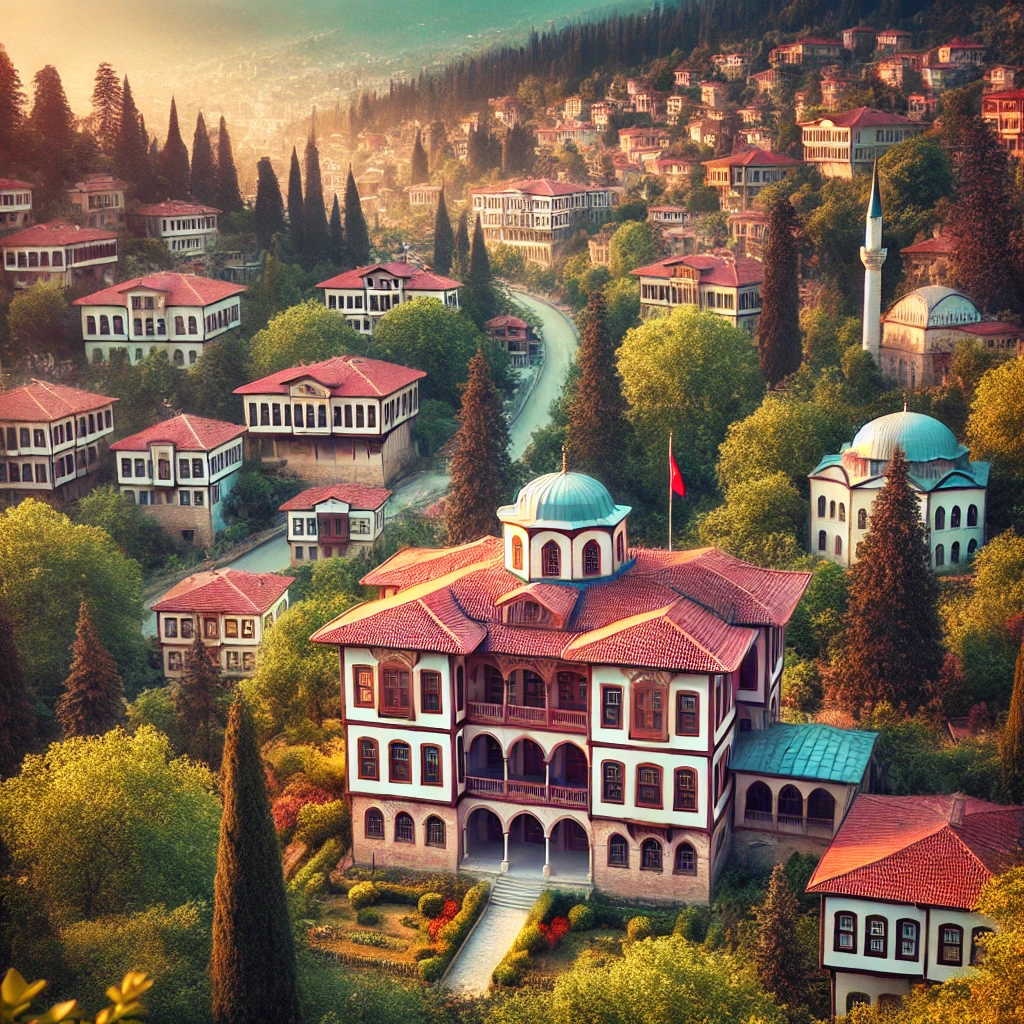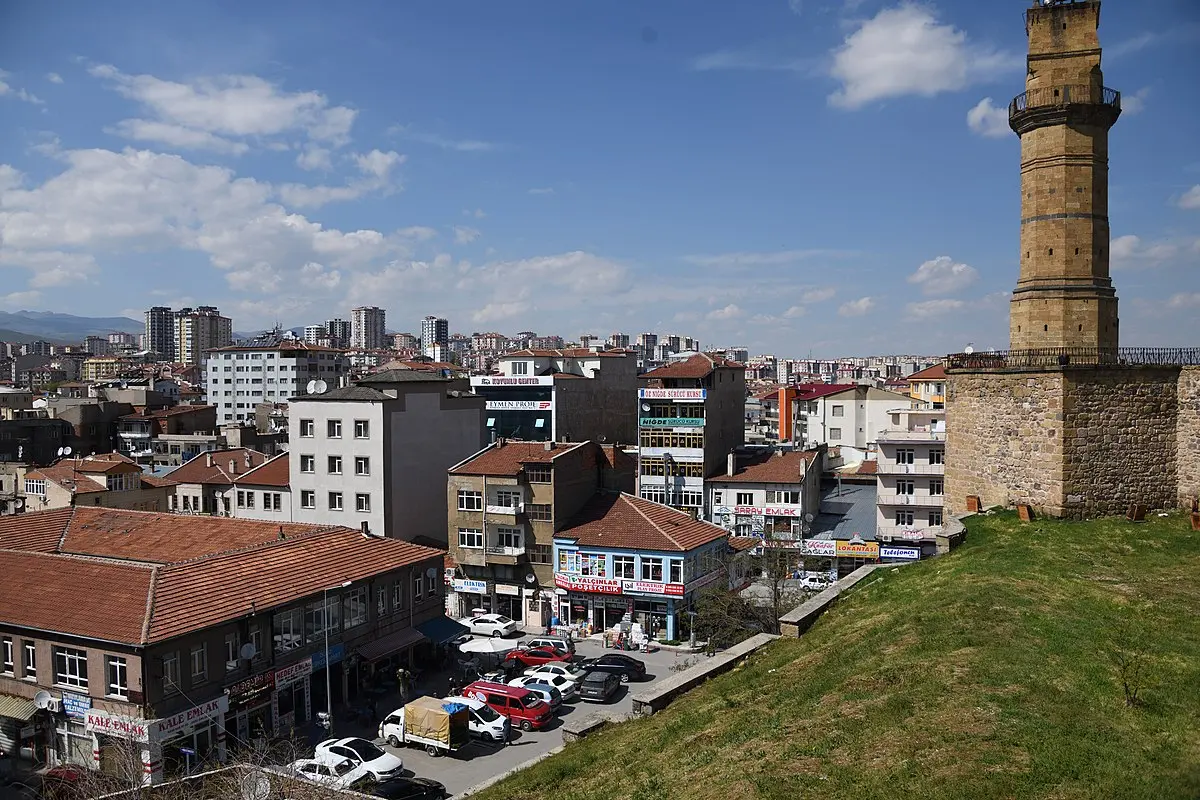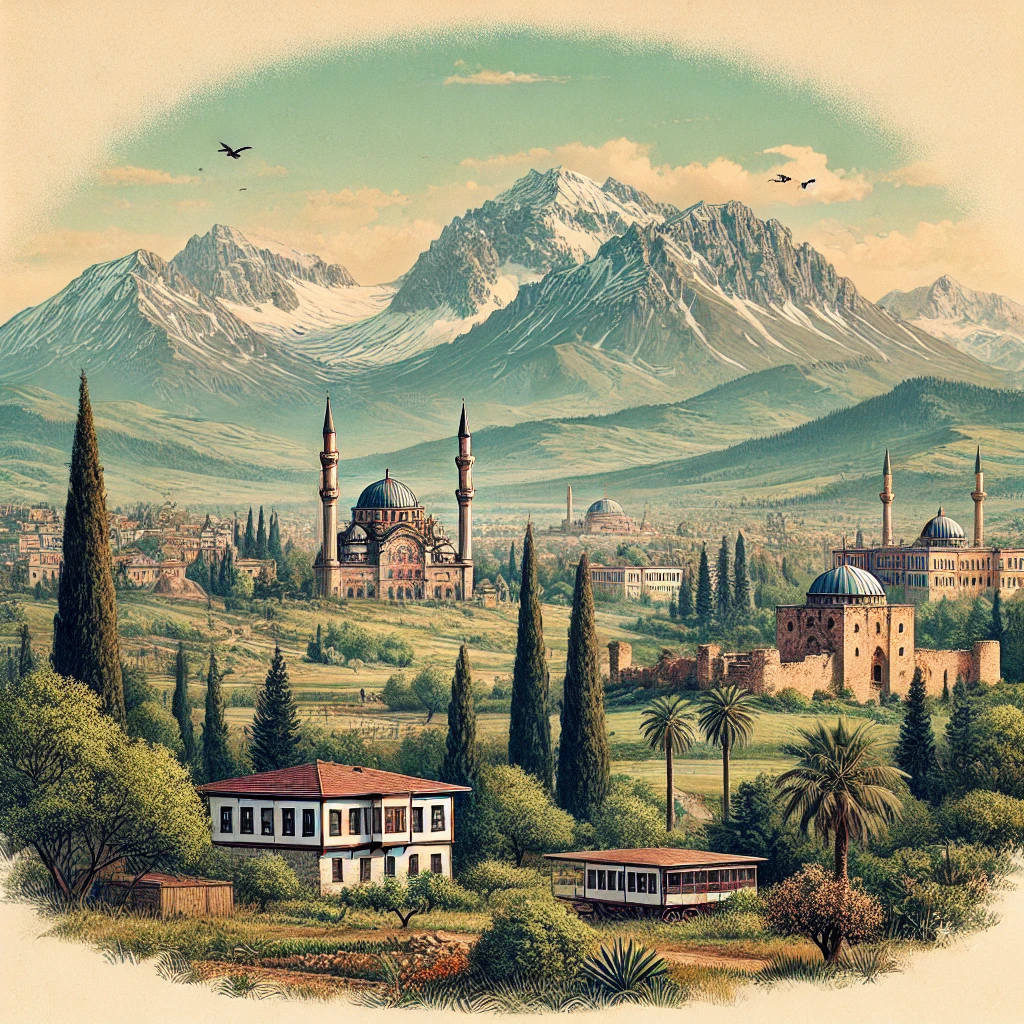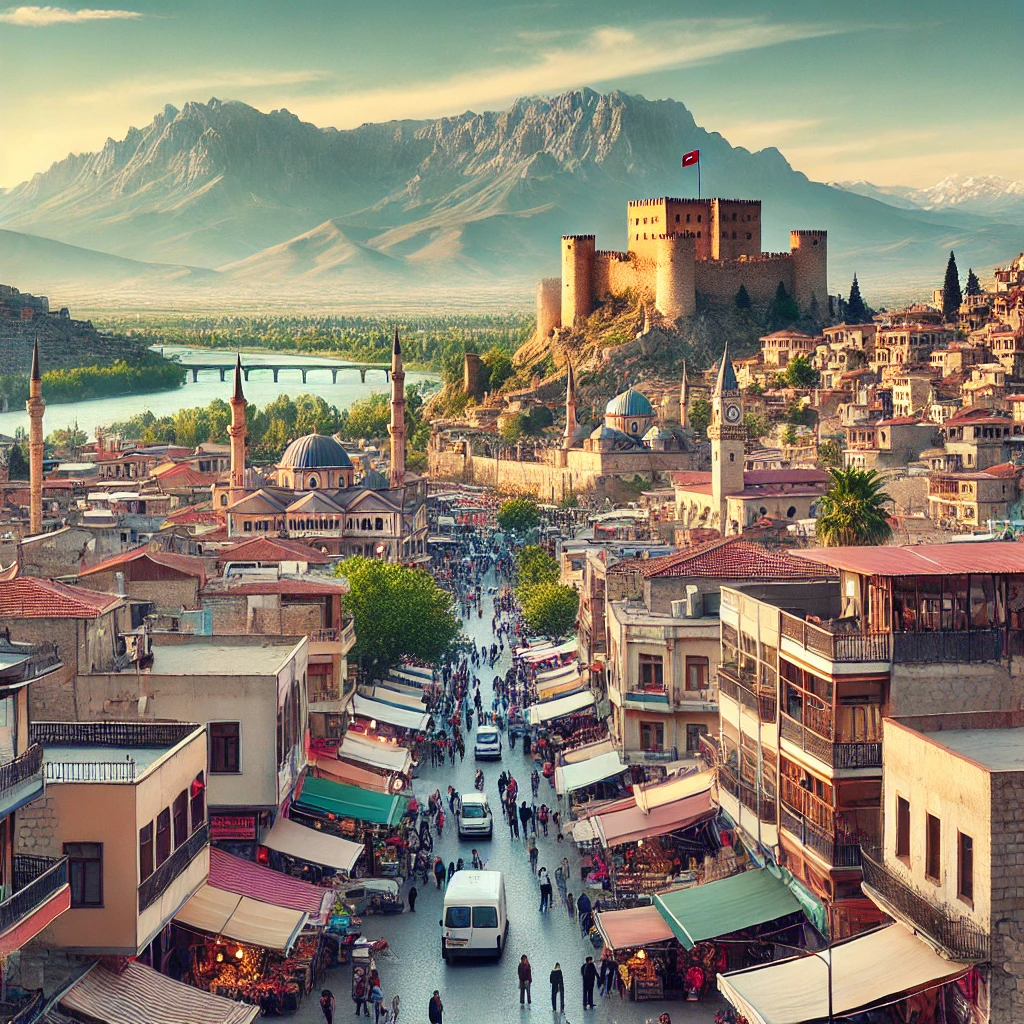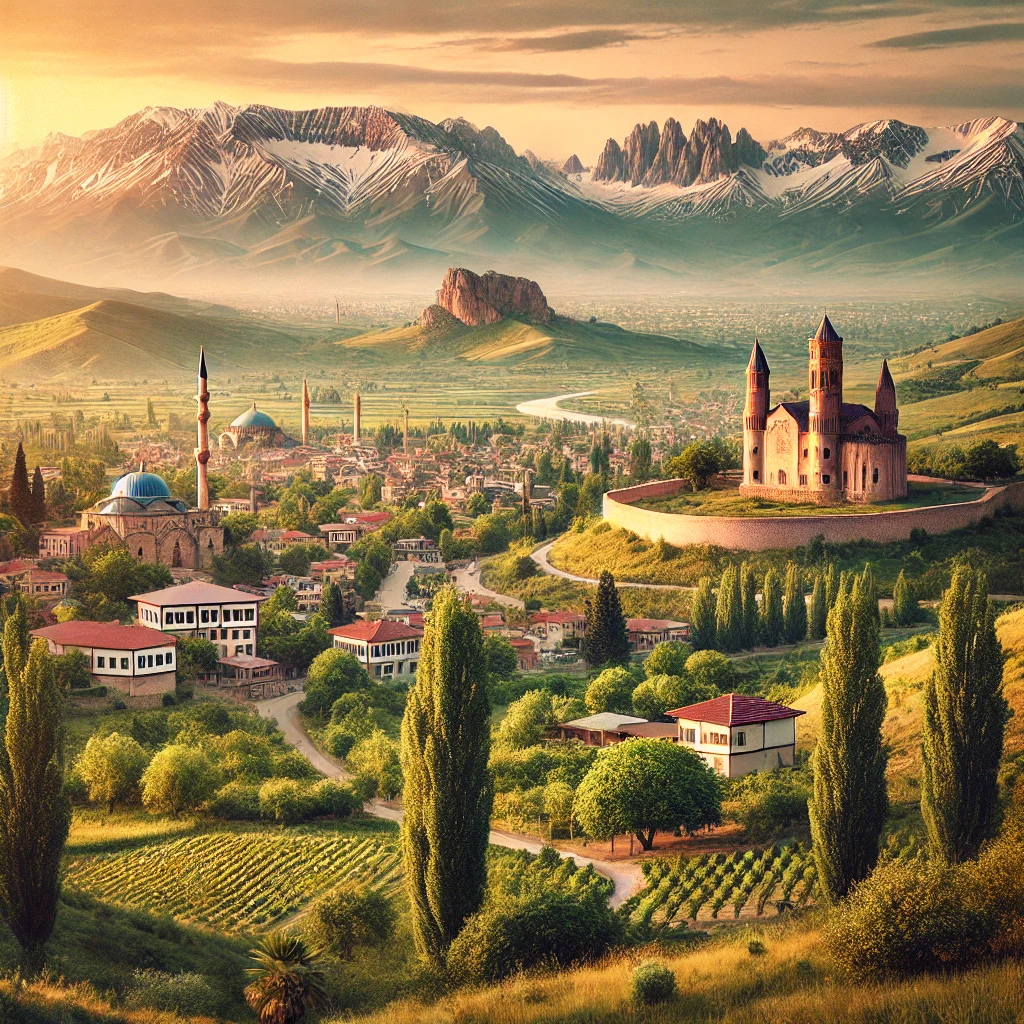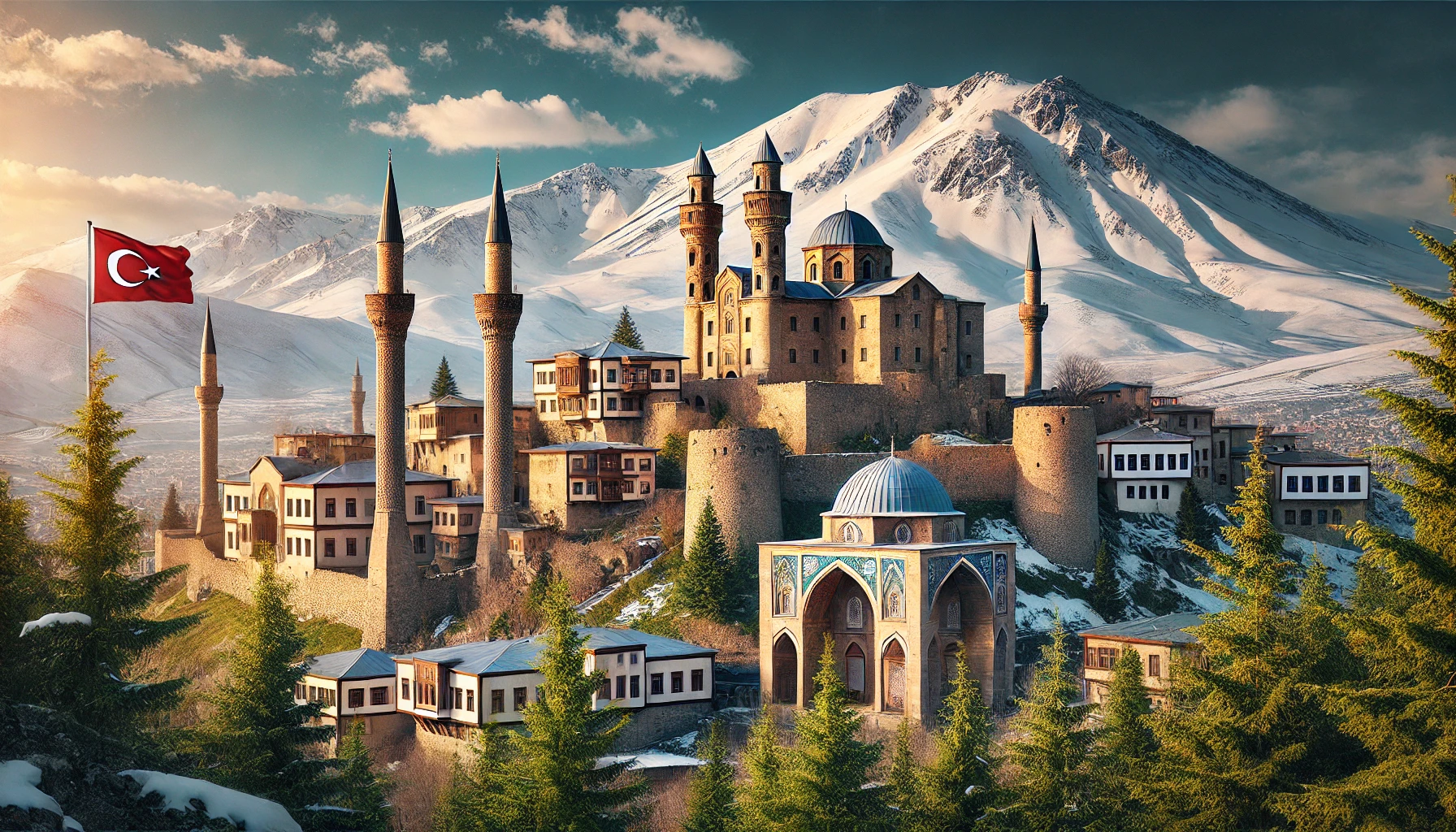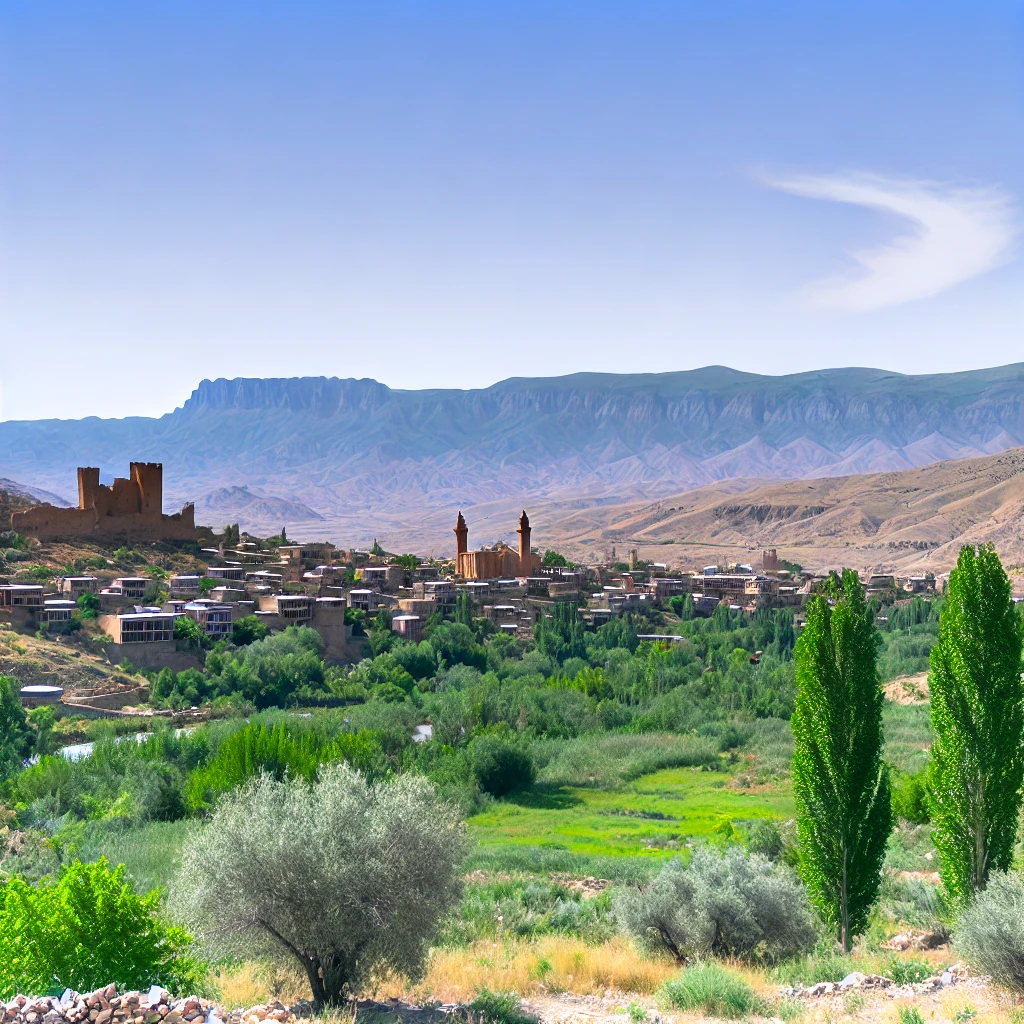Explore Akseki and Its Surroundings: A Journey Through Nature and History
Akseki, a picturesque municipality and district in Antalya Province, Turkey, is a hidden gem nestled in the western Taurus Mountains. Known for its stunning natural beauty and rich cultural heritage, Akseki is often referred to as the “Snowdrop Capital” due to its abundance of snowdrop flowers that bloom across its rugged landscape. With an elevation of 1100 meters, Akseki offers a serene escape from the bustling coastal cities, making it an ideal destination for nature lovers and history enthusiasts alike.
The Allure of Akseki: A Blend of Nature and History
Snowdrops: The Symbol of Akseki
Akseki’s high-altitude terrain and unique climate create the perfect environment for the snowdrop, a delicate flower that has become the district’s symbol. The snowdrops bloom in early spring, carpeting the meadows and forests with their pristine white petals. These flowers, particularly the 11 species native to the area, draw visitors from around the world who come to witness this natural spectacle.
The Majestic Taurus Mountains
The Taurus Mountains provide a dramatic backdrop to Akseki, offering breathtaking views and a wealth of outdoor activities. The rugged landscape is dotted with valleys, caves, and high meadows, making it a paradise for hikers, climbers, and nature enthusiasts. The Manavgat River, which flows through a large valley in the center of the district, adds to the area’s scenic beauty, creating a diverse ecosystem that supports a variety of wildlife.
The Historical Legacy of Akseki
Akseki has a rich historical heritage that dates back to its time as the Byzantine town of Marla, later conquered by the Seljuk Turks and the Ottoman Empire. The district is home to several historical sites, including ancient caves and ruins that tell the story of its past. The traditional “Button Houses,” a unique architectural feature of the region, are a must-see. These stone houses, with their wooden button-like joints, have become a symbol of Akseki’s architectural heritage and are among the most photographed landmarks in the district.
Cultural and Economic Landscape
The local economy of Akseki is primarily based on forestry, cattle, and almond trade. The district’s mountainous terrain is not conducive to large-scale agriculture, but it is perfect for raising sheep and cattle, as well as for beekeeping and viticulture. Akseki is also known for its Tulum cheese and honey, which are considered local delicacies.
Akseki’s Modern Touch: Education and Development
Despite its small population of 10,477 as of 2022, Akseki is home to a branch of Antalya’s Akdeniz University, where vocational training programs are offered, including nursing. This institution plays a crucial role in the local community, providing education and fostering development in the district.
Exploring Akseki’s Neighbourhoods and Surroundings
The Neighbourhoods of Akseki
Akseki is composed of 51 neighbourhoods, each with its unique charm and character. From the historic village of Sarıhacılar, known for its well-preserved Button Houses, to the picturesque valleys of Gümüşdamla and Sinanhoca, where trout breeding facilities are a common sight, Akseki’s neighbourhoods offer a glimpse into the traditional way of life in this mountainous region.
Natural Attractions and Outdoor Activities
Akseki is a haven for outdoor enthusiasts. The district’s diverse terrain is perfect for hiking, camping, and exploring. Giden Gelmez Mountain, a mountain goat protection and hunting area, is particularly popular among hunters and nature lovers. The Çimi Plateau, famous for its honey and snowdrops, is another highlight, offering visitors a chance to experience the district’s natural beauty and local culture.
Festivals and Events
Akseki is home to several annual festivals that celebrate its natural and cultural heritage. The Snowdrop Festival, held in April, is one of the most popular events, attracting visitors who come to witness the blooming of the snowdrops. The Çimi Plateau Festival, on the other hand, showcases the district’s local culture and geographical richness, welcoming hundreds of guests each year.
The Button Houses of Akseki: A Journey Through Time
Architectural Marvels
The traditional Button Houses of Akseki are architectural marvels that have stood the test of time. Built using local stone and wood, these houses are named after the wooden “buttons” that hold their structures together. The Button Houses are not only functional but also aesthetically pleasing, with their unique design reflecting the ingenuity and craftsmanship of the local people.
Sarıhacılar Village: The Heart of the Button Houses
Sarıhacılar Village is the best place to see the Button Houses in their full glory. The village is like a living museum, where visitors can stroll through narrow streets lined with these historical homes, each telling a story of the district’s past. The authentic texture of the Button Houses, combined with the village’s serene atmosphere, makes it a perfect destination for those looking to immerse themselves in history and culture.
Must-See Attractions in Akseki
Dipsiz Lake: The “Evil Eye Bead of the Taurus Mountains”
Dipsiz Lake, often referred to as the “Evil Eye Bead of the Taurus Mountains,” is one of Akseki’s most beautiful natural attractions. Surrounded by untouched nature, the lake is known for its deep blue waters and blooming lotus flowers. It’s a popular spot for picnics, nature walks, and photography, offering a peaceful retreat from the hustle and bustle of daily life.
Çimi Plateau: A Harsh yet Magnificent Landscape
The Çimi Plateau is another must-see destination in Akseki. Known for its honey and snowdrops, the plateau’s harsh nature and barren-looking, yet magnificent mountains evoke special feelings in its visitors. The plateau is also home to the Çimi Plateau Festival, which celebrates the region’s local culture and natural beauty.
Akseki Ethnography Museum and I Am Akseki Painting Museum
To delve deeper into the history and culture of Akseki, a visit to the Akseki Ethnography Museum and I Am Akseki Painting Museum is essential. These museums showcase a wide range of artifacts, artworks, and exhibits that highlight the district’s deep-rooted history and cultural heritage.
The Ancient City of Kagrai
Located in the Cevizli District of Akseki, the ancient city of Kagrai is estimated to date back approximately two thousand years. The ruins of this ancient city, including remnants of temples, houses, and other structures, offer a fascinating glimpse into the past and are a testament to the district’s long history.
Nearby Attractions: Explore the Wonders Surrounding Akseki
While Akseki itself is a treasure trove of natural beauty and historical significance, its location in the Taurus Mountains makes it an ideal base for exploring several nearby attractions. These sites offer a diverse array of experiences, from ancient ruins to stunning natural landscapes, and are all within easy reach of Akseki.
Manavgat Waterfall
Located approximately 60 kilometers south of Akseki, the Manavgat Waterfall is one of the most popular natural attractions in the Antalya region. The waterfall is known for its wide, powerful cascade that flows into the Manavgat River, creating a picturesque setting perfect for picnics and leisurely strolls. The area surrounding the waterfall is also home to several restaurants and cafes where visitors can enjoy traditional Turkish cuisine while taking in the scenic views.
Oymapınar Dam and Lake
Just a short drive from the Manavgat Waterfall, the Oymapınar Dam and Lake offer another stunning natural attraction. The lake, with its turquoise waters surrounded by lush forests, is ideal for boating, fishing, and hiking. The dam itself is an impressive engineering feat, and the surrounding area is perfect for a day of exploration and relaxation in nature.
Alanya: A Coastal Gem
About 90 kilometers from Akseki, Alanya is a vibrant coastal city that offers a mix of history, culture, and seaside fun. The city is famous for its beautiful beaches, such as Cleopatra Beach, and its historical sites, including the Alanya Castle and the Red Tower. Alanya is also a great place to explore local markets, enjoy water sports, and experience the lively nightlife along the Mediterranean coast.
Aspendos Ancient Theatre
Located about 110 kilometers from Akseki, the ancient city of Aspendos is home to one of the best-preserved Roman theatres in the world. The Aspendos Theatre, built in the 2nd century AD, is renowned for its impressive architecture and excellent acoustics. It is still used today for performances, including the annual Aspendos International Opera and Ballet Festival. Visiting Aspendos offers a fascinating glimpse into the ancient world and is a must-see for history enthusiasts.
Köprülü Canyon National Park
Approximately 100 kilometers from Akseki, Köprülü Canyon National Park is a paradise for nature lovers and adventure seekers. The park is famous for its dramatic canyon, which stretches for 14 kilometers and offers breathtaking views. The Köprüçay River, which runs through the canyon, is popular for white-water rafting, while the surrounding pine forests provide excellent hiking trails. The park is also home to the ancient city of Selge, where visitors can explore ruins dating back to the Roman period.
Eğirdir Lake
Around 120 kilometers north of Akseki, Eğirdir Lake is one of Turkey’s largest and most beautiful freshwater lakes. The lake is surrounded by mountains and offers stunning views, especially during sunset. Eğirdir is a great spot for swimming, boating, and fishing, and the nearby town of Eğirdir is known for its charming old streets and historic architecture. The lake’s tranquil setting makes it a perfect destination for those looking to relax and unwind in nature.
Saklıkent Ski Resort
For those visiting Akseki in the winter months, a trip to Saklıkent Ski Resort is highly recommended. Located about 130 kilometers from Akseki, Saklıkent is one of the few places in Turkey where you can ski in the morning and then drive down to the Mediterranean coast to enjoy the beach in the afternoon. The resort offers a range of slopes for all skill levels, as well as stunning views of the surrounding mountains.
Phaselis Ancient City
Situated about 140 kilometers southwest of Akseki, the ancient city of Phaselis is another remarkable archaeological site worth visiting. Phaselis was an important port city during the Roman and Byzantine periods, and today, visitors can explore its well-preserved ruins, including the main street, Roman baths, and ancient harbors. The site is surrounded by pine forests and is located right on the coast, making it a beautiful place to explore and enjoy the sea.
Termessos Ancient City
Termessos, located about 100 kilometers from Akseki, is one of the best-preserved ancient cities in Turkey and offers a unique blend of history and nature. Situated in the Taurus Mountains at an altitude of over 1,000 meters, Termessos is known for its stunning ruins, including the theatre, temples, and city walls, all set against the backdrop of rugged mountain scenery. The site is also part of the Güllük Mountain National Park, which is home to a variety of wildlife and hiking trails.
Güllük Mountain (Termessos) National Park
This national park, which includes the ancient city of Termessos, offers a unique combination of archaeological exploration and outdoor adventure. The park’s rugged terrain and diverse flora and fauna make it a great destination for hiking, bird watching, and photography. The park is particularly famous for its wild orchids and the endangered mountain goats that roam the area.
Conclusion: Why Akseki Should Be on Your Travel List
Akseki, with its unique blend of natural beauty, rich history, and cultural heritage, is a destination that offers something for every traveler. Whether you’re a nature lover, history enthusiast, or simply looking for a peaceful retreat in the mountains, Akseki has it all. From the stunning snowdrops and majestic Taurus Mountains to the traditional Button Houses and ancient ruins, Akseki is a place where time seems to stand still, allowing visitors to connect with nature and history in a profound way.
Before you leave Akseki, make sure to visit Dipsiz Lake, explore the streets full of Button Houses, and experience the Çimi Plateau’s rugged beauty. Don’t forget to stop by the local museums and the ancient city of Kagrai to fully appreciate the district’s rich cultural and historical heritage.
For more information and to plan your visit, check out the Travel Guide of Türkiye.
Latest Update: Aug 14, 2024
Your Content Goes Here
TAGS: Akdeniz University, Akseki, Akseki Ethnography Museum, Akseki festivals, Akseki history, Akseki tourism, Akseki travel guide, Alanya, almond cultivation, ancient city of Kagrai, ancient ruins, Antalya, Antalya region, Antalya tourism, Aspendos Theatre, beekeeping, Button Houses, Byzantine town, Çimi Plateau, cultural heritage, Dipsiz Lake, Eğirdir Lake, forestry and cattle trade, Güllük Mountain National Park, hiking in Akseki, hiking in Antalya, historical sites, historical sites in Antalya, honey production, Köprülü Canyon, local delicacies, local handicrafts, Manavgat River, Manavgat waterfall, Mediterranean climate, Mediterranean coast, natural attractions in Akseki, natural landscapes, nearby attractions, Ottoman Empire, outdoor activities, Oymapınar Dam, Phaselis Ancient City, Roman Theatre, Saklıkent Ski Resort, Sarıhacılar Village, Seljuk Turks, snowdrops, Taurus Mountains, Termessos, traditional architecture, travel in Turkey, Tulum cheese, Turkish history, Turkish lakes, Turkish mountains, vocational training, white-water rafting, winter sports in Antalya
A brief summary of the key points in this article.
Latest Travel Guides
Weather Today in Akseki, Antalya, Turkey
Location: Antalya Province
Temperature: 9.33°C
Condition: Clear sky





